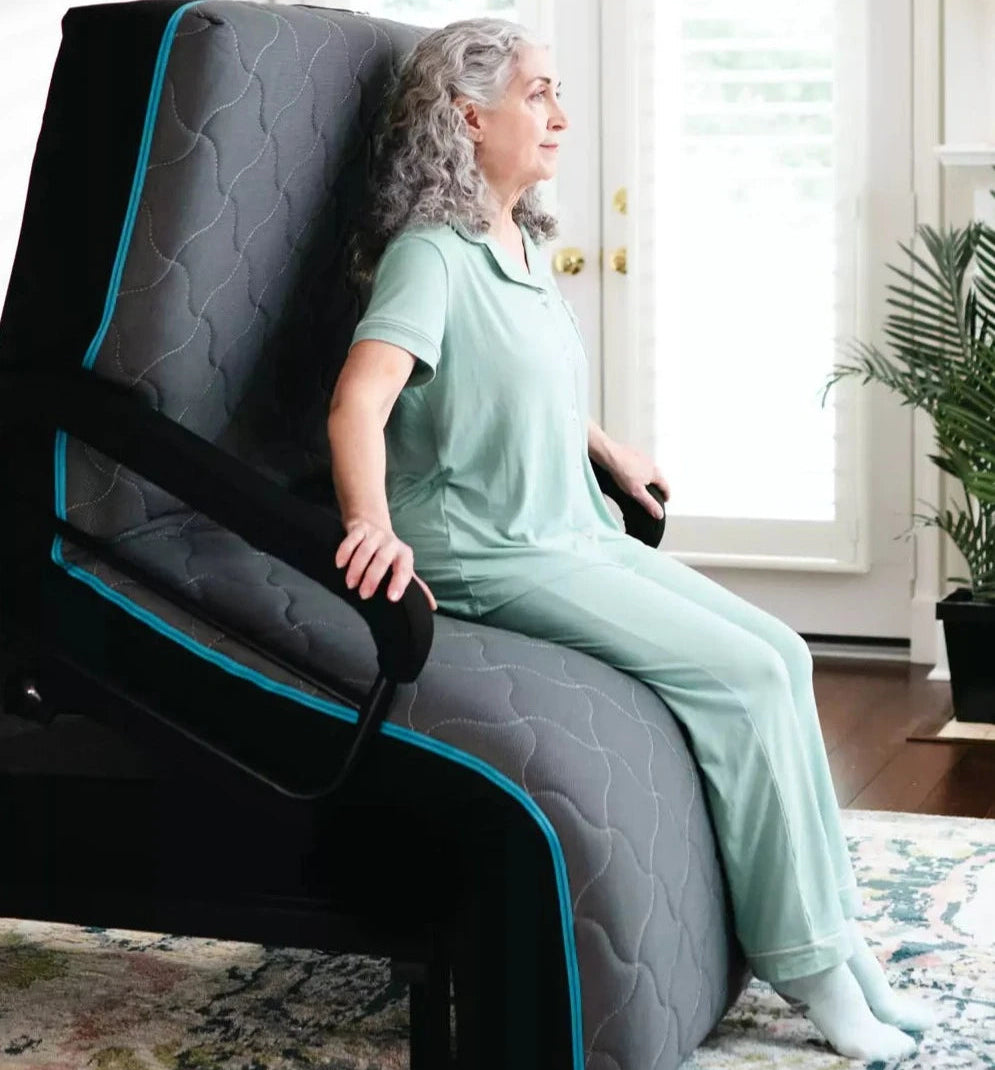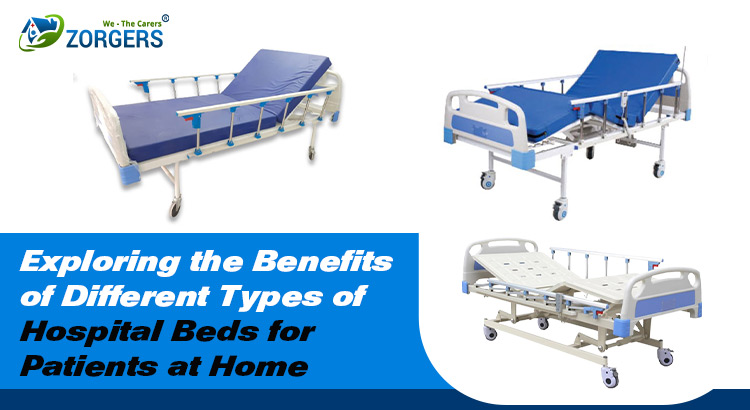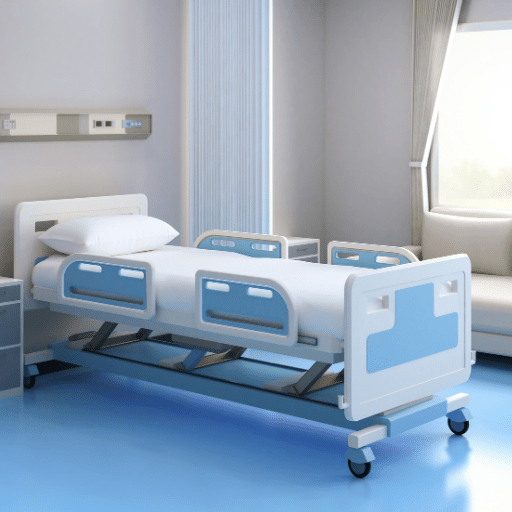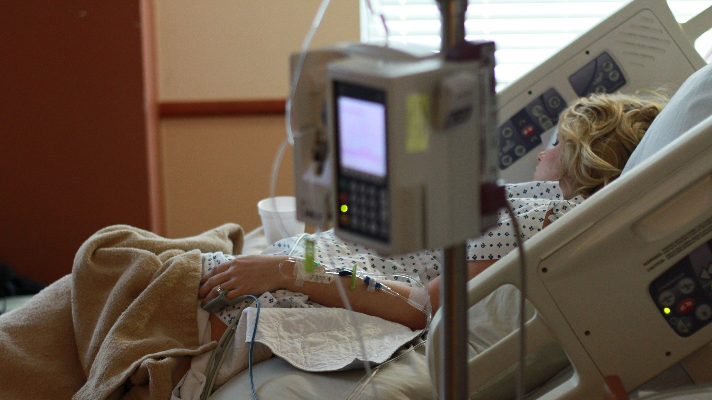See This Report about Hospital Beds For Home Use
See This Report about Hospital Beds For Home Use
Blog Article
Hospital Beds For Home Use Can Be Fun For Anyone
Table of ContentsEverything about Hospital Beds For Home UseHospital Beds For Home Use Can Be Fun For EveryoneThe Definitive Guide to Hospital Beds For Home UseSome Of Hospital Beds For Home UseThe Ultimate Guide To Hospital Beds For Home UseOur Hospital Beds For Home Use IdeasFacts About Hospital Beds For Home Use Uncovered
There are 3 main types of medical facility beds: guidebook, semi-electric, and fully-electric. These beds use hand cranks to change the bed's elevation and raise and decrease the head and the foot.
Semi-electric beds have an electrical motor to elevate and reduce the head and foot portions of the bed (hospital beds for home use). Full-electric beds have an electrical motor that can elevate the head and foot areas of the bed as well as the entire elevation and positioning of the bed.
Rumored Buzz on Hospital Beds For Home Use
Some models can additionally relocate into even more placements, such as the Trendelenburg (tilt) setting. There are a number of kinds of medical facility beds, each developed to meet particular patient demands. Right here are some common kinds: This is one of the most common kind of health center bed, developed for basic medical use. It has a guidebook or electrically adjustable headrest, foot rest, and elevation.
Reduced to the ground than a common bed. This sort of bed is developed for bigger clients, with a broader frame and greater weight ability than a conventional bed. This sort of bed is designed particularly for youngsters, with smaller sizes than a basic bed. Unique attributes such as full length side rails and animation design.
This sort of bed is designed for critically sick individuals that call for open surveillance and specialized clinical devices such as ventilators and mixture pumps. This sort of bed is developed for use throughout labor and delivery, with flexible positions and features to support the mom and infant during the birth process.
Indicators on Hospital Beds For Home Use You Should Know
Several feature and the devices perform expanding traction to various components of the vertebra and the extremities without relocating the human body. These are simply a couple of examples of the sorts of healthcare facility beds offered. The specific type of bed used will certainly depend on the patient's problem, medical needs, and various other aspects.
Right here is things you require to understand. A one-function medical facility bed is a medical bed that permits a person to move only the head or foot area up or down. A 2 feature healthcare facility bed usually refers to a type of medical bed that has two adjustable functions to help clients in healthcare facilities or care centers.

Hospital Beds For Home Use - Truths
A 7-function ICU bed is a kind of clinical bed that offers a number of flexible features to sustain critically unwell individuals in an extensive care device (ICU) (hospital beds for home use). The seven features generally include: Backrest adjustment: The back-rest can be changed to numerous angles to aid the person stay up official statement or relax comfortably
Height adjustment: The bed can be increased or lowered to make it much easier for patients to enter and out of bed, and for caregivers to give treatment. Trendelenburg placement: The whole bed can be tilted to advertise blood flow and flow in the body. Reverse Trendelenburg position: The bed can likewise be slanted in the opposite direction to promote blood circulation and flow in the top body.
1. What Size is a Hospital Bed? 2. How Much Does a Hospital Bed Cost? 3. Why Do Health Center Beds Have Side Bed Rails? 4. What Are The Main Hospital Bed Parts?. While even more economical than electric versions, these beds call for exertion for adjustments. The major advantages of hand-operated beds are their cost and dependability, as they don't rely upon electricity. Nonetheless, the requirement for hands-on effort can be a constraint in scenarios where fast changes are essential or where caretakers deal with physical challenges.
Get This Report on Hospital Beds For Home Use
They are well-suited for individuals that require minimal repositioning for convenience or clinical demands. Semi-electric healthcare facility beds offer a balance of handbook and electric controls. The head and foot sections are generally changed with electrical controls, while the elevation is readjusted by hand. These beds provide an optimal center ground in between guidebook and totally electrical alternatives, supplying convenience of usage without the complete price of electrical versions.
Semi-electric beds are appropriate for people that require modest adjustments to the head and foot areas however can handle without regular height changes. This makes them an economical option for those seeking comfort and ease without the demand for consistent repositioning. Totally electrical health center beds include electric controls for smooth adjustments to the height, head, and foot areas.
Specialty medical facility beds, such as ICU beds, long-term care beds, and bariatric beds, are thoroughly developed to address specific clinical requirements. These beds provide customized treatment for diverse person groups, improving both end results and comfort. In the following areas, we will discover the main kinds of specialty hospital beds, detailing their particular benefits and applications.
With years of experience in making electrical direct actuators - hospital beds for home use and close cooperation with the medical care market, TiMOTION is well-positioned to supply trusted health care options. Our vertically integrated firm takes care of every step of the production process, from layout to actuator assembly, ensuring we deliver extraordinary worth and tailored remedies customized to your specific requirements
Hospital Beds For Home Use - Truths

To find out more about incorporating these innovations right into your products, call us today. Further analysis:.
Information is sourced from the Medicare Expense Record. Accessed January 2025. Short-term acute treatment health centers have the highest possible typical number of beds at 187. They are the most usual sort of hospital in the united state and compose greater than 50% of U.S. medical facilities. Kid's hospitals have 178 beds typically and VA medical facilities ordinary 175 beds.

The smart Trick of Hospital Beds For Home Use That Nobody is Discussing
A medical facility bed is a bed designed specifically for clinical objectives. It is not just an area for people to relax, but additionally a platform for clinical procedures. Unlike average home beds, hospital beds normally have adjustable functions, which can assist why not look here in medical staff to make numerous adjustments according to the demands of people, such as transforming the elevation, disposition, and support angle of the back and legs of the bed.
Report this page